

Articles
How To Store Fresh Salmon
Modified: August 20, 2024
Discover the best ways to store fresh salmon with our helpful articles. Find tips and techniques to keep your salmon fresh and delicious.
(Many of the links in this article redirect to a specific reviewed product. Your purchase of these products through affiliate links helps to generate commission for Storables.com, at no extra cost. Learn more)
Introduction
Welcome to our comprehensive guide on how to store fresh salmon. Whether you’re a seafood enthusiast or just looking to incorporate more healthy protein into your diet, knowing how to properly store fresh salmon is key to maintaining its quality and taste. In this article, we will explore the importance of proper salmon storage, provide tips on choosing the freshest salmon, guide you through the steps of preparing fresh salmon for storage, and offer methods for both refrigerating and freezing salmon. By following these guidelines, you can ensure that your fresh salmon remains delicious and safe to consume for an extended period.
Salmon is a highly perishable food, prone to spoilage and bacterial growth if not stored correctly. Therefore, understanding the proper techniques for salmon storage is crucial. When stored properly, fresh salmon can last for a few days in the refrigerator and several months in the freezer. By taking the necessary precautions, you can minimize waste and enjoy the taste of fresh salmon for longer periods.
Before diving into the storage methods, let’s discuss how to choose the freshest salmon available.
Key Takeaways:
- Properly storing fresh salmon is crucial for maintaining its quality, flavor, and safety. By following the guidelines in this comprehensive guide, you can enjoy delicious and safe salmon for an extended period, minimizing waste and maximizing cost-effectiveness.
- Choosing the freshest salmon, preparing it for storage, and utilizing proper refrigeration and freezing techniques are essential for preserving the taste and nutritional benefits of this nutritious fish. By avoiding common mistakes and following expert tips, you can savor the delightful flavors of well-preserved salmon.
Read more: How To Store Salmon
Importance of Proper Salmon Storage
The proper storage of fresh salmon is vital for several reasons. First and foremost, it helps to maintain the quality and flavor of the fish. Fresh salmon has a delicate texture and a distinct, savory taste that can be easily compromised by improper storage methods. By keeping the salmon fresh, you ensure that it retains its desirable characteristics, making it more enjoyable to eat.
Not only does proper storage maintain the quality, but it also helps to prevent the growth of harmful bacteria. Salmon, like any seafood, is susceptible to bacterial contamination, which can lead to foodborne illnesses such as salmonella or listeria. By following the correct storage techniques, you reduce the risk of bacterial growth and protect yourself from potential health hazards.
Additionally, proper storage allows you to extend the shelf life of fresh salmon. This is particularly important if you buy salmon in bulk or want to take advantage of seasonal sales. By storing the fish correctly, you can keep it fresh for a longer period, minimizing waste and maximizing cost-effectiveness.
Moreover, understanding how to store salmon properly enables you to plan your meals in advance and have access to a quick and convenient source of protein. By having fresh or frozen salmon readily available, you can incorporate it into your meals without worrying about rushing to the store or compromising on quality.
Overall, proper salmon storage is key to maintaining taste, ensuring food safety, minimizing waste, and enjoying the benefits of this nutritious fish. Now that we understand the importance of proper storage, let’s explore how to choose the freshest salmon.
Choosing Fresh Salmon
When it comes to selecting fresh salmon, there are a few key factors to consider. By paying attention to these indicators, you can ensure that you’re choosing the highest quality fish.
The first thing to look for is the appearance of the salmon. Fresh salmon should have bright and vibrant flesh, ranging in color from pink to deep orange, depending on the species. The skin should be shiny and have a metallic sheen, indicating its freshness. Avoid any salmon with dull or discolored flesh, as this is a sign that it may not be as fresh.
Another important factor to assess is the smell of the fish. Fresh salmon should have a mild, clean smell, reminiscent of the ocean. If the fish smells overly fishy or has an ammonia-like odor, it may be an indication of poor quality or spoilage.
The texture of the salmon is also worth noting. Gently press the flesh with your finger – it should be firm and resilient. Avoid salmon that feels mushy or leaves an impression; it is likely past its prime.
Trusted sources are integral when it comes to selecting quality seafood. Purchase salmon from reputable fishmongers or grocery stores with a good track record of selling fresh seafood. If possible, opt for wild-caught salmon, as it tends to have a richer flavor and more nutritional benefits compared to farm-raised salmon.
Lastly, make note of the sell-by or use-by date on the packaging. Ensure that the salmon is well within its expiration date to guarantee its freshness.
By considering these factors – appearance, smell, texture, source, and expiration date – you can make an informed decision when choosing fresh salmon. Once you’ve selected your salmon of choice, the next step is to prepare it for storage.
Preparing Fresh Salmon for Storage
Before storing fresh salmon, it is essential to prepare it properly to maintain its quality and prevent spoilage. Follow these steps to prepare your salmon for storage:
- Start by inspecting the fish for any visible scales, bones, or blood clots. Use a pair of clean tweezers or pliers to remove any remaining scales or pin bones carefully.
- Rinse the salmon under cold running water to remove any residual debris or slime. Pat it dry with paper towels to remove excess moisture. Moisture can accelerate bacterial growth, so it’s important to dry the salmon thoroughly.
- If you plan to store the whole salmon, keep it intact. If you prefer to store individual portions, carefully fillet the salmon into desired sizes using a sharp knife.
- Season the salmon if desired. You can sprinkle it with salt, pepper, herbs, or your favorite marinade. However, avoid using excessive salt or strongly flavored marinades as they can overpower the natural taste of the fish.
- Wrap the prepared salmon tightly in plastic wrap or aluminum foil. Ensure there are no air pockets to prevent freezer burn or oxidation.
By following these steps, you will have properly prepared fresh salmon for storage. Now, let’s explore the different methods of storing fresh salmon, whether in the refrigerator or the freezer.
Storing Fresh Salmon in the Refrigerator
The refrigerator is a suitable option for short-term storage of fresh salmon, allowing you to enjoy it within a few days. Follow these steps to store fresh salmon in the refrigerator:
- Place the wrapped salmon in a shallow dish or on a plate to catch any potential leaks.
- Position the salmon in the coldest part of the refrigerator, usually on a bottom shelf towards the back. This ensures a consistent and cool temperature to maintain freshness.
- Keep the temperature of your refrigerator at or below 40°F (4°C) to minimize bacterial growth and maintain the quality of the fish. Consider using a refrigerator thermometer to verify the temperature.
- Try to consume the fresh salmon within 2-3 days for optimal taste and quality. If you notice any signs of spoilage or an unpleasant smell, discard the fish immediately.
It’s important to note that storing fresh salmon in the refrigerator is a temporary solution. If you don’t plan on consuming the fish within a few days, it is recommended to freeze it for longer-term storage.
Now that you know how to store fresh salmon in the refrigerator, let’s explore the method of freezing salmon for extended storage.
Store fresh salmon in the coldest part of the refrigerator, ideally in the back near the bottom. Keep it in its original packaging or wrap tightly in plastic wrap to prevent any odor transfer. Use within 1-2 days for best quality.
Read more: How To Store Cooked Salmon
Freezing Fresh Salmon
Freezing is an excellent method for extending the shelf life of fresh salmon. Follow these steps to properly freeze fresh salmon:
- Ensure that the salmon is properly wrapped to prevent freezer burn and maintain its quality. Wrap the salmon tightly in plastic wrap or aluminum foil, making sure there are no air pockets. Alternatively, you can use airtight freezer bags or vacuum-sealed bags specifically designed for freezer storage.
- If you have larger portions or a whole salmon, consider dividing it into individual portions before freezing. This facilitates easy defrosting and reduces the risk of having to thaw the entire fish when you only need a portion.
- Label the packaging with the current date to keep track of the storage time. Salmon can be safely stored in the freezer for up to 3-4 months.
- Place the wrapped salmon in the coldest part of the freezer, such as the back or the bottom shelf. The consistent low temperature helps preserve the fish’s quality.
Quick Tip: If you plan on using the frozen salmon within a short period, consider flash freezing individual portions on a baking sheet before transferring them to a freezer bag. This prevents the portions from sticking together, allowing you to easily retrieve individual pieces when needed.
It’s important to note that the texture of salmon may slightly change after freezing. Thawed salmon may be slightly softer than fresh salmon, but it will still be delicious and suitable for various recipes.
Now that you know how to freeze fresh salmon, let’s move on to the proper method for thawing frozen salmon.
Thawing Frozen Salmon
Thawing frozen salmon properly is crucial to maintain its texture and taste. Here are a few methods for safely thawing frozen salmon:
- Refrigerator Thawing: The safest and recommended method for thawing frozen salmon is to transfer it from the freezer to the refrigerator. Place the wrapped salmon on a plate or shallow dish and allow it to thaw slowly in the refrigerator. This method takes longer, usually around 24 hours for thicker portions, but results in the best texture and flavor.
- Cold Water Thawing: If you need to thaw the salmon more quickly, you can use the cold water thawing method. Place the wrapped salmon in a leak-proof plastic bag and submerge it in a bowl of cold water. Change the water every 30 minutes to maintain its cold temperature. Thawing usually takes around 1-2 hours, depending on the size and thickness of the salmon.
- Microwave Thawing: While not the preferable method, you can use the defrost function on your microwave to thaw smaller portions of frozen salmon. Be cautious and follow your microwave’s instructions to prevent overcooking the edges of the fish. However, it’s important to note that this method may affect the texture of the salmon.
Once the salmon is thawed, it is essential to use it immediately. Avoid refreezing previously frozen salmon, as it can affect the texture and lead to potential food safety concerns.
Now that you know how to safely thaw frozen salmon, let’s explore some tips for maintaining the freshness of your salmon.
Tips for Maintaining Salmon’s Freshness
To ensure the freshness and quality of your salmon, consider the following tips:
- Keep the salmon chilled: From the moment you purchase or catch the salmon, make sure to keep it chilled. Use insulated coolers or ice packs when transporting the fish to maintain its freshness.
- Store fresh salmon immediately: As soon as you bring the salmon home, store it in the refrigerator or freezer promptly. Avoid leaving it at room temperature for extended periods as this can promote bacterial growth.
- Use proper storage containers: Whether storing in the refrigerator or freezer, use airtight containers or bags specifically designed for food storage. This prevents air exposure and helps maintain the salmon’s quality.
- Avoid overcrowding: When storing salmon in the refrigerator or freezer, ensure that there is enough space around it for proper air circulation. Overcrowding can lead to inconsistent temperatures and increase the risk of spoilage.
- Keep odors at bay: Salmon has a strong odor, so it’s important to prevent it from transferring to other foods. Store the salmon in a separate container or wrap it tightly to minimize any potential odor contamination.
- Regularly check for spoilage: Periodically inspect the salmon for any signs of spoilage, such as an off smell, sliminess, or discoloration. If you notice any indications of spoilage, it’s best to discard the fish.
- Follow proper storage times: Fresh salmon can be stored in the refrigerator for up to 2-3 days, while frozen salmon can be kept for 3-4 months. Adhering to these recommended storage times ensures the best quality and safety.
- Keep track of storage dates: Labeling the packaging with the storage date allows you to monitor how long the salmon has been stored. This helps you prioritize which salmon to consume first and prevents potential waste.
- Rely on your senses: Trust your senses of sight and smell when determining the freshness of the salmon. If it looks or smells off, it’s best to err on the side of caution and discard the fish.
By following these tips, you can maintain the freshness and quality of your salmon, ensuring a delightful dining experience with every bite.
Now, let’s explore some common mistakes to avoid when storing fresh salmon.
Common Mistakes to Avoid
To ensure the best storage and quality of fresh salmon, it’s important to be aware of and avoid these common mistakes:
- Leaving salmon at room temperature for too long: Salmon is a highly perishable food, so it’s crucial to refrigerate or freeze it promptly after purchasing or preparing. Leaving it at room temperature for extended periods can lead to bacterial growth and spoilage.
- Storing fresh salmon in the refrigerator for too long: While refrigeration can extend the shelf life of salmon, it’s important to consume it within a few days. Storing it for too long can affect its quality and increase the risk of spoilage.
- Using improper storage containers: Using open or poorly sealed containers can expose the salmon to air, leading to oxidation and loss of flavor. Always use airtight containers or bags specifically designed for food storage.
- Not properly wrapping the salmon: Inadequate wrapping can result in air exposure, leading to freezer burn or loss of freshness. Ensure that the salmon is tightly wrapped, with no air pockets or gaps in the packaging.
- Refreezing previously frozen salmon: Once salmon has been thawed, it’s best to use it immediately. Refreezing previously frozen salmon can affect its texture and lead to potential food safety concerns.
- Ignoring signs of spoilage: It’s important to regularly check the salmon for signs of spoilage, such as an off smell, sliminess, or discoloration. Ignoring these signs and consuming spoiled fish can lead to foodborne illnesses.
- Not using the defrost function properly: If using a microwave to thaw salmon, be cautious and follow the instructions to prevent overcooking or uneven thawing. Improper use can result in the fish becoming rubbery or partially cooked.
- Using strong marinades or excessive seasoning: While seasoning salmon is a great way to enhance its flavor, using overly strong marinades or excessive seasoning can overpower the natural taste of the fish. Use moderation to allow the salmon’s flavors to shine through.
- Overcrowding the storage space: Overcrowding the refrigerator or freezer with too much salmon can hinder air circulation and lead to uneven cooling. Give each piece of salmon enough space to ensure proper storage and maintain its quality.
By avoiding these common mistakes, you can preserve the freshness and quality of your salmon, ensuring a delightful meal every time.
Now that you know the common mistakes to avoid, let’s wrap up this comprehensive guide on storing fresh salmon.
Read more: How To Store Smoked Salmon
Conclusion
Properly storing fresh salmon is essential to maintain its quality, taste, and safety. By following the guidelines outlined in this comprehensive guide, you can ensure that your salmon remains delicious and safe to consume for an extended period.
Remember to choose the freshest salmon by examining its appearance, smell, texture, and source. Preparing the salmon for storage involves removing scales and bones, rinsing it thoroughly, and properly wrapping it to prevent moisture loss and contamination.
When it comes to storage, the refrigerator is suitable for short-term storage of fresh salmon, while the freezer is ideal for long-term preservation. In the refrigerator, place the wrapped salmon in the coldest part and consume it within 2-3 days. For longer-term storage, wrap the salmon tightly and freeze it for up to 3-4 months.
Thawing frozen salmon should be done safely using methods such as refrigerator thawing, cold water thawing, or microwave thawing with caution. Once thawed, it’s best to use the salmon immediately and avoid refreezing it.
To maintain the freshness of salmon, keep it chilled, use proper storage containers, avoid overcrowding, and regularly check for spoilage. Trust your senses when assessing the salmon’s quality, and always follow proper storage times and dates.
Avoid common mistakes such as leaving salmon at room temperature for too long, using improper storage containers, and refreezing previously frozen salmon. By being mindful of these mistakes, you can prevent spoilage and ensure the best quality salmon.
Now that you have the knowledge and tips on how to store fresh salmon properly, you can enjoy the delicious flavors, nutritional benefits, and versatility of this wonderful fish for an extended period. So go ahead, choose fresh salmon, store it correctly, and savor the taste of a well-preserved seafood delight!
Frequently Asked Questions about How To Store Fresh Salmon
Was this page helpful?
At Storables.com, we guarantee accurate and reliable information. Our content, validated by Expert Board Contributors, is crafted following stringent Editorial Policies. We're committed to providing you with well-researched, expert-backed insights for all your informational needs.
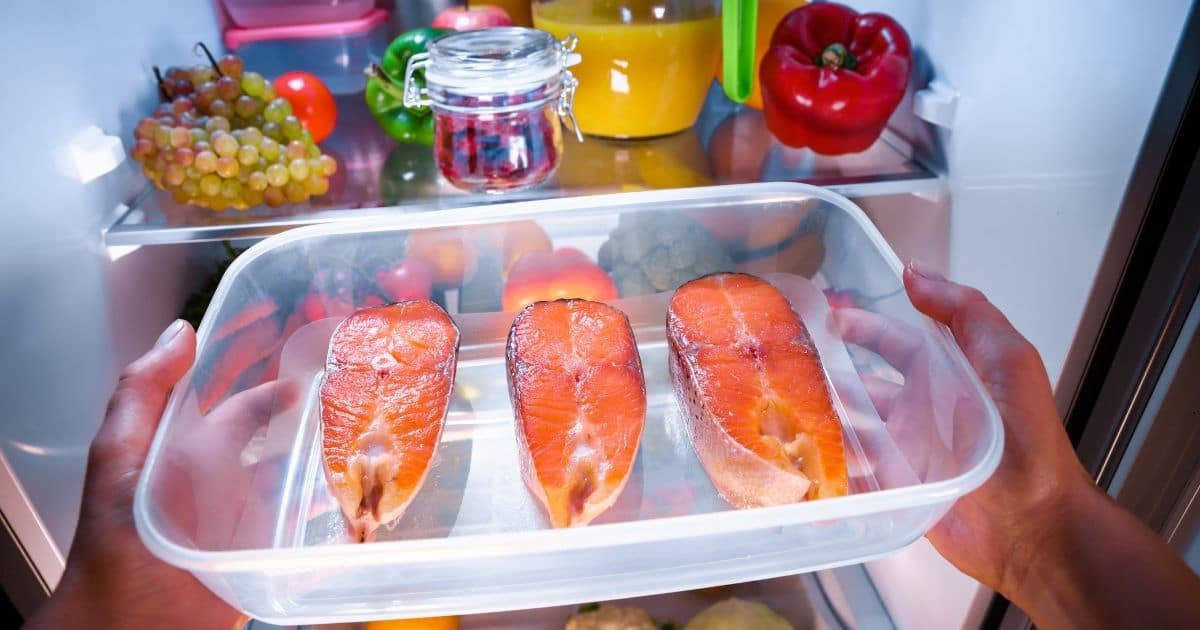
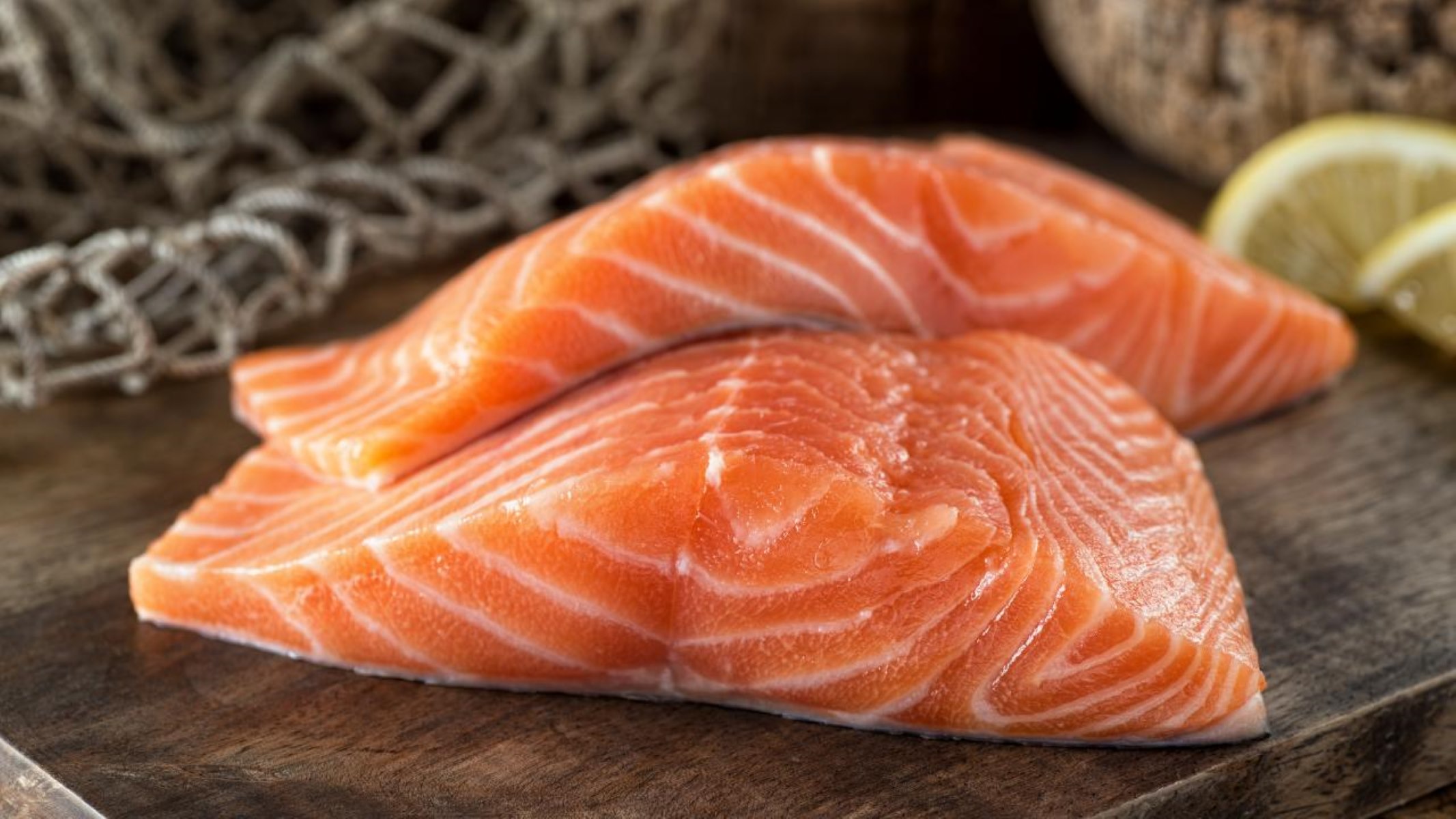


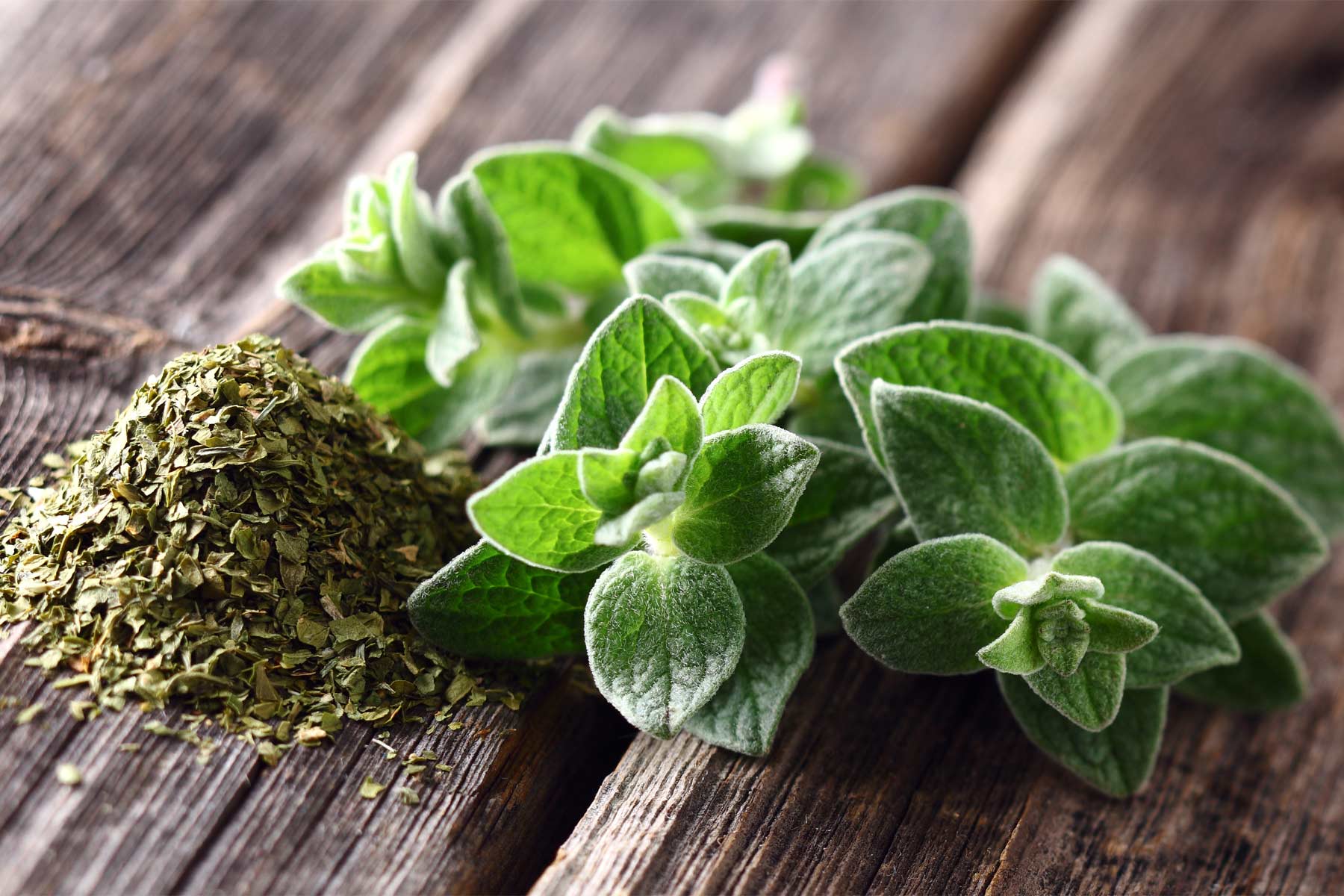

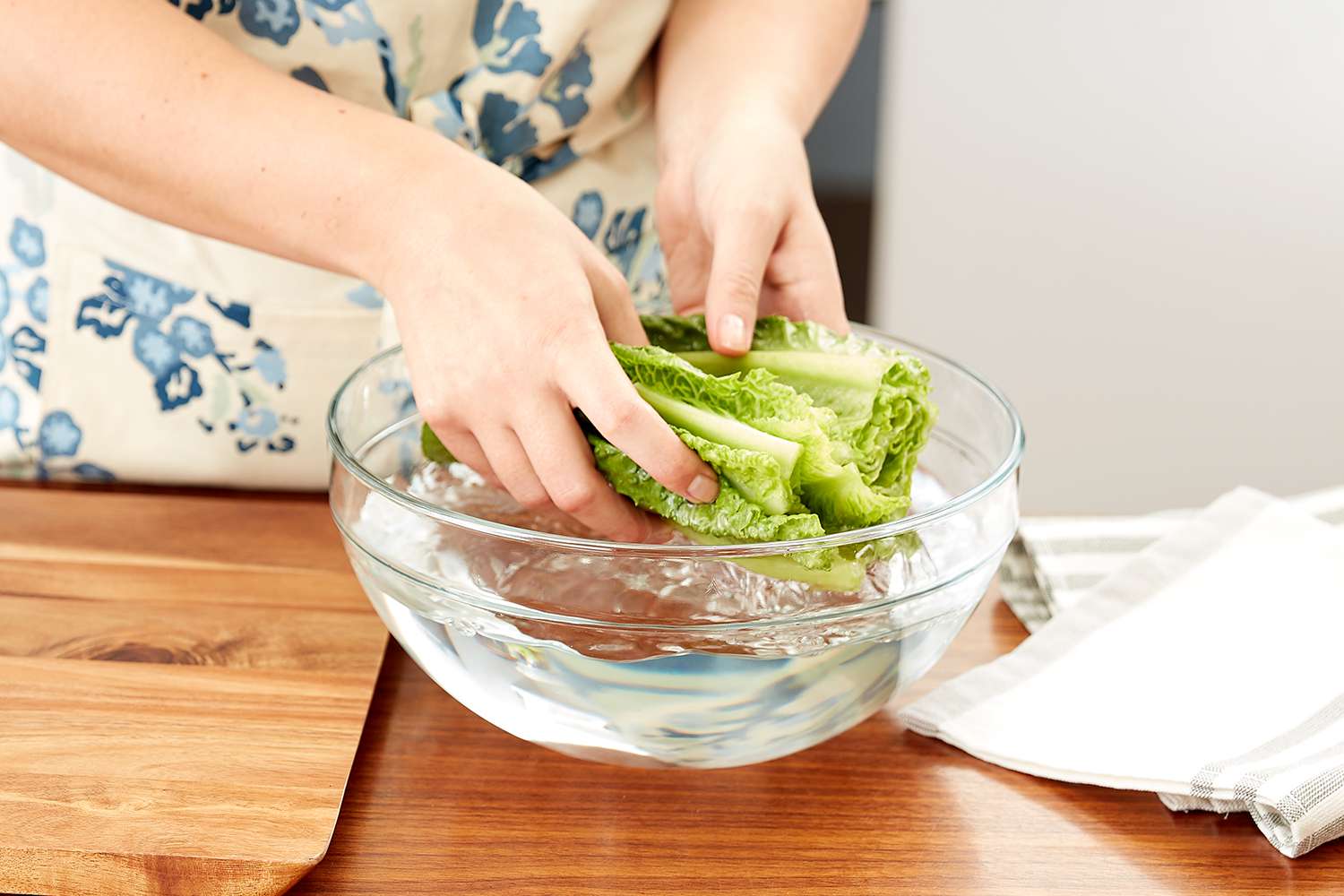

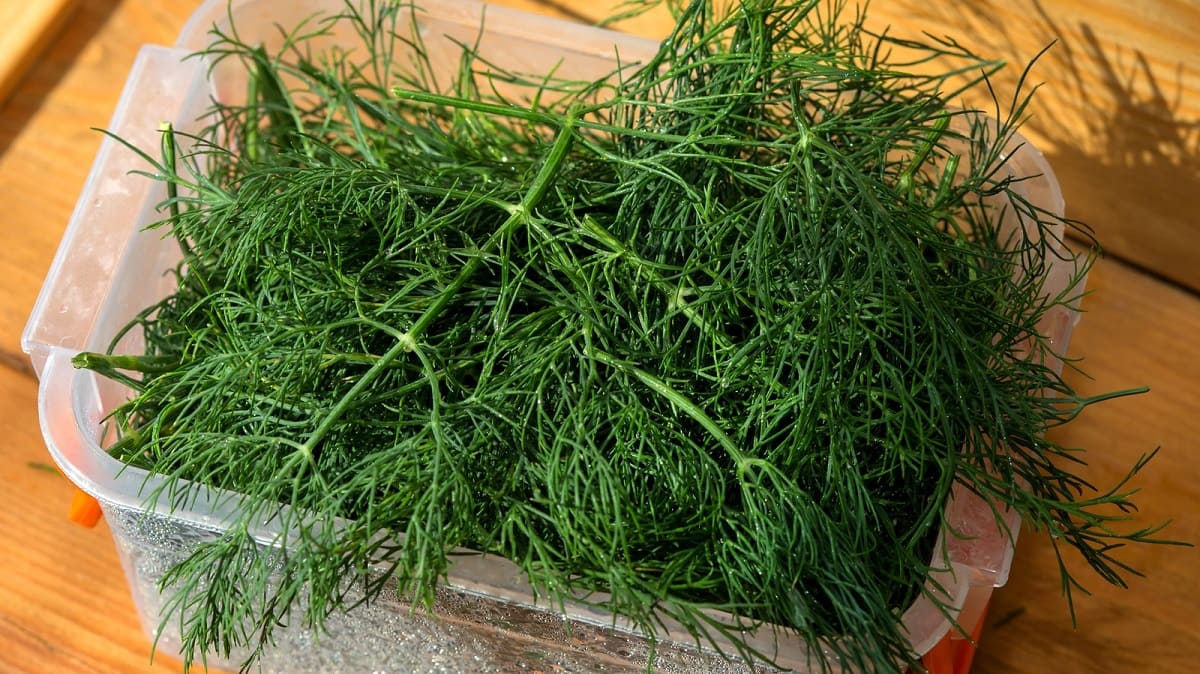
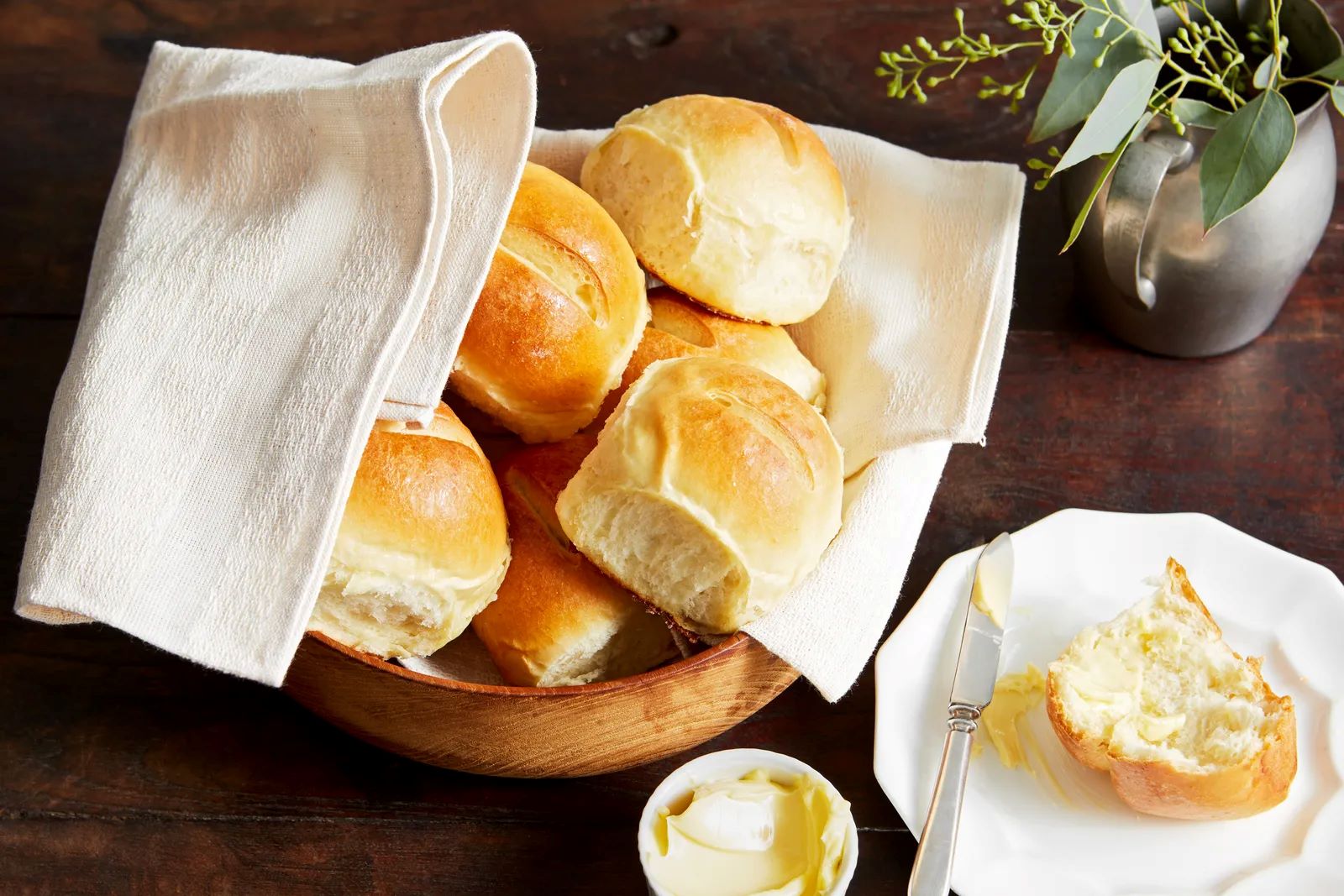

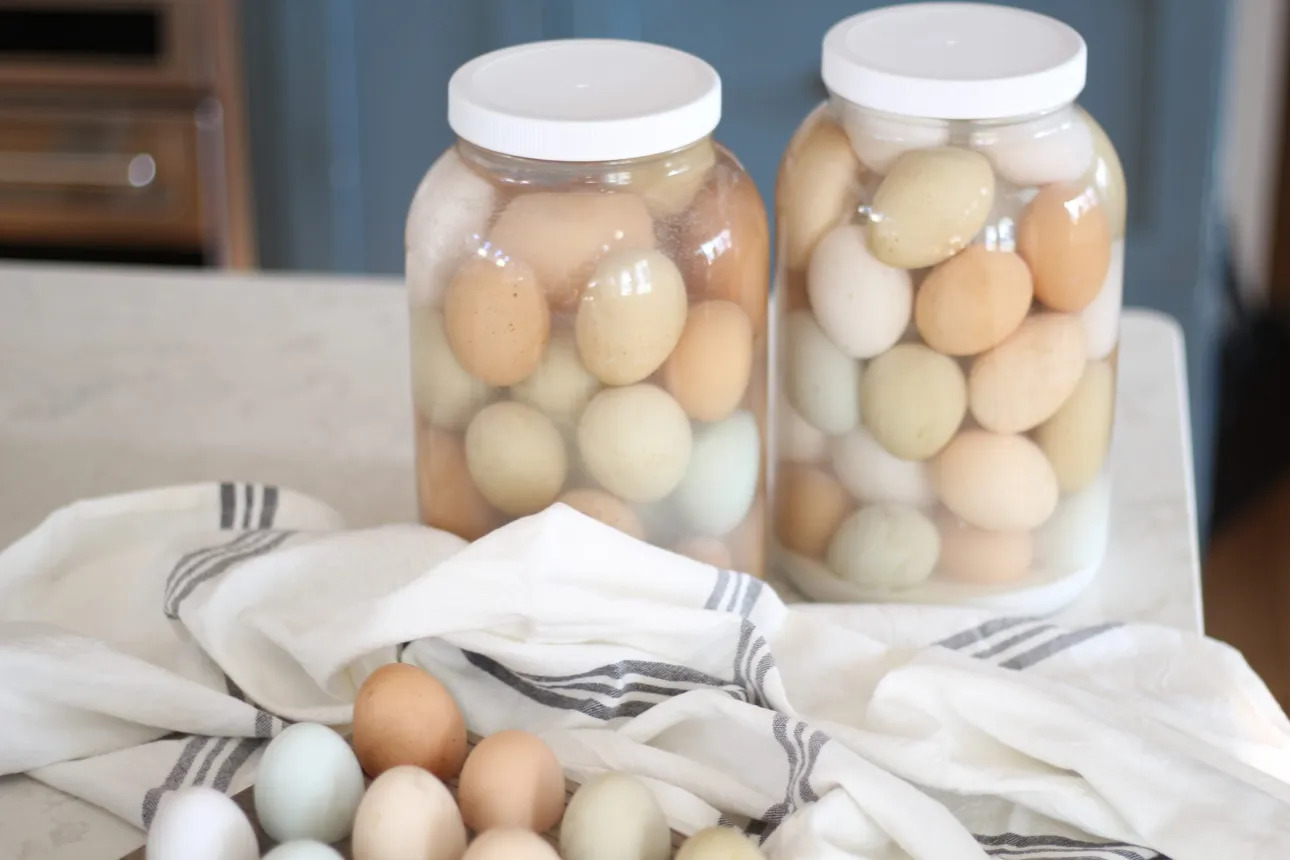
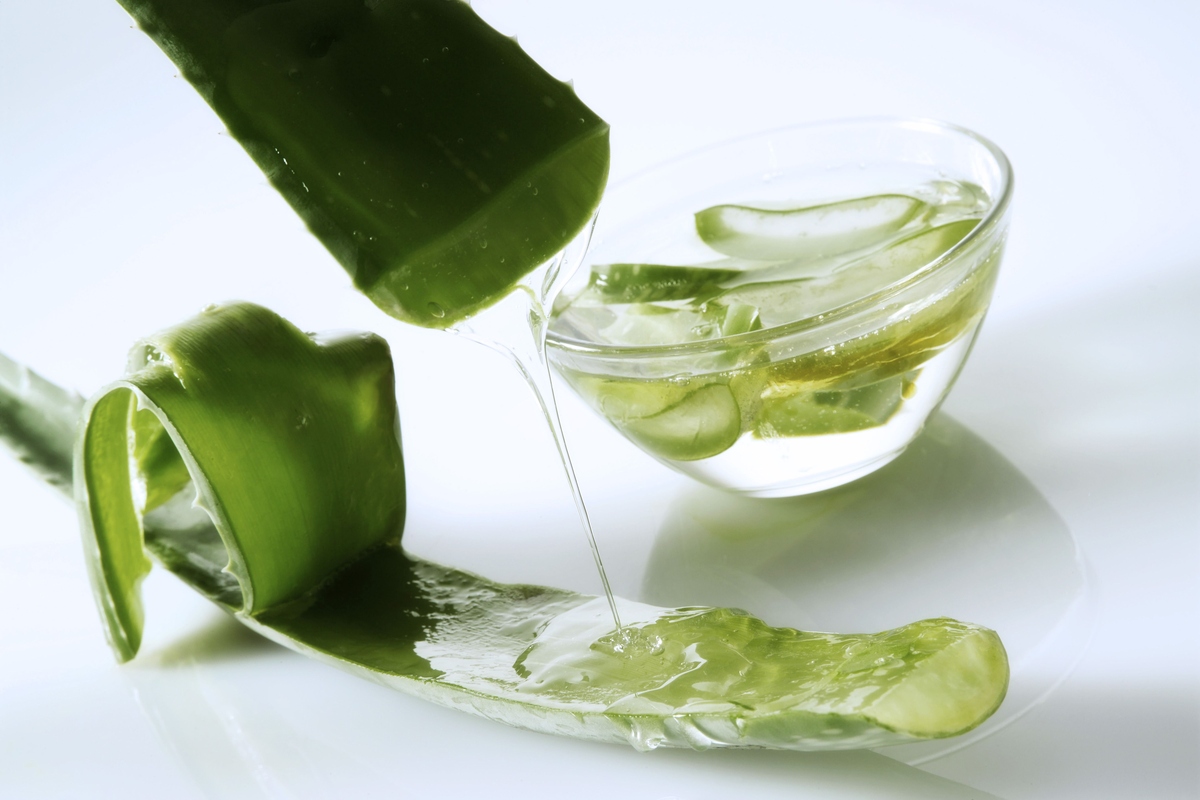

0 thoughts on “How To Store Fresh Salmon”